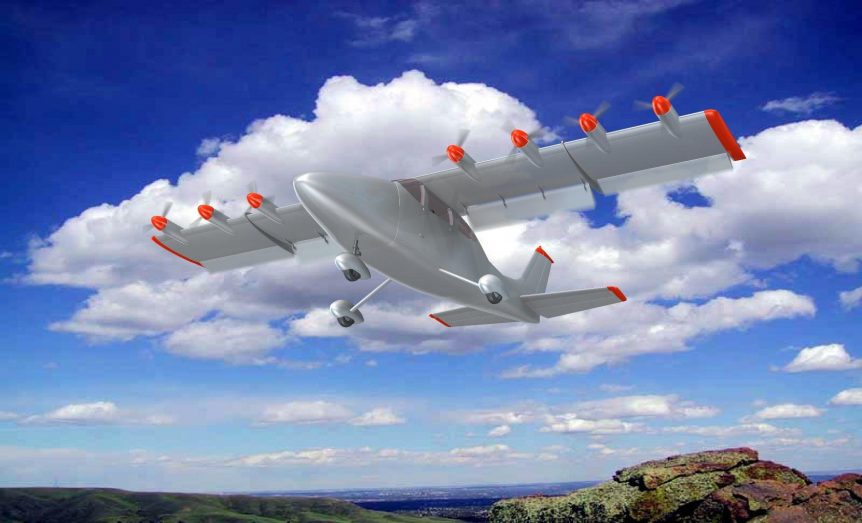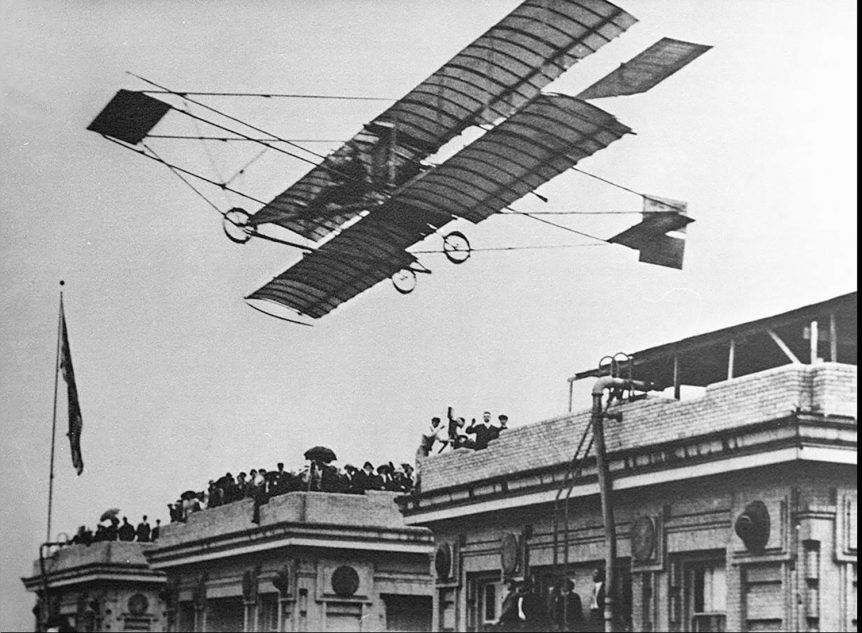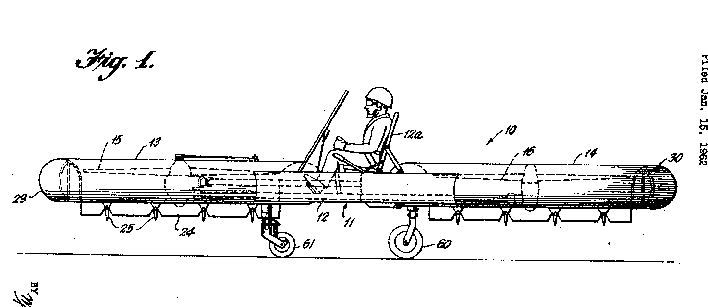Airflow, a recent entry into the electric conventional short takeoff and landing (eCSTOL) market, is pushing forward into fielding a full-scale demonstrator. They are also testing the limits of Artificial Intelligence (AI) in nailing their landings. Airflow’s mission is spelled out in big ideas and bold fonts. “Freight without the wait. The first electric Short Take Off and Landing (eSTOL) aircraft for middle-mile logistics. 1 pilot, 500 lbs of cargo, 0 lbs of CO2.” Airflow’s concept illustrations show a twin-boom pusher with 10 distributed electric motors along the wing’s leading edge. Trying out their ideas for extremely short takeoffs and landings will fall to a modified Cessna 210. In the meantime, the team is advancing its concept at this time with a model Cessna 150 and showing some success at nailing their landings. Airflow calls its pilot assistance program, “Virtual Tailhook,” and it seems to serve that purpose in making landings possible in a tight space. Videos show the progress …
Airflow: Coming to a Rooftop Near You?
“1 pilot, 500 pounds of cargo,” reads Airflow’s headline for its electric STOL (Short Take Off and Landing) aircraft. Reaching for the “middle-mile” cargo delivery market, Airflow’s new design promises to be four times faster than trucks, operate at one-third the cost of helicopters or eVTOL (electric Vertical Take Off and Landing) vehicles, and require only 150 feet for takeoffs and landings. eVTOL Reconsidered Airflow’s management and engineering team come from previous experience in the eVTOL world, most recently with Airbus’ Vahana program. Headed by Marc Ausman, The team has “over 60 years of aerospace experience,” with companies including Eclipse Aviation, Northrop Grumman, Uber Elevate, Airware, and Scaled Composites. The team determined their design can carry a pilot and a 500-pound payload using less power than comparable eVTOLs because multirotors carry the full weight of the aircraft at all times, or for some designs, until they are able to transition to full forward flight. This helped form the decision to …
GoFly and Win Big Prizes
“Have You Ever Dreamed of Flying?” Boeing asks, and answers its own question: “We’re making that dream a reality.” Well, actually, the person entering HeroX and Boeing’s GoFly competition will make their own dream a reality, and possibly win substantial sums in the process. Abundance Insider, an Internet outreach from Peter Diamandis, himself well-acquainted with prize competitions, gives an excellent short rundown on the competition. “What it is: HeroX recently announced the GoFly Prize, sponsored by Boeing — a $2 million challenge to create a personal flying machine that is useful, safe and thrilling (italics by the editor). The goal is to foster the development of a safe, quiet, ultra-compact, near-VTOL personal flying device capable of flying 20 miles while carrying a single person. “Why it’s important: Each week, we feature examples of converging exponential technologies that are helping us go from science fiction to science fact. Boeing’s sponsorship of this unique incentive competition reflects how its leadership is thinking …
A Comparison Too Far
A recent entry comparing the German Carplane® and Burt Rutan’s BiPod has prompted a response from John Brown, who found the posting of concern for the misapprehensions it might cause in readers. He notes, for instance, “Your current article portrays us as a large Govt. Co. (we got a small subsidy) going up against a ‘charity’ organization (Northrop-Grumman’s subsidiary, Scaled Composites) in whose name the BiPod is registered at the FAA – as a glider; “It compares us to 1930s modular concepts where actually the BiPod’s wings are screw-on/screw-off ‘modular’ and use that older concept; “It attributes a commuter ‘pitch’ to us where, in fact, we’re not aiming for that market at all. [Thanks for your apology. However, the world is still quoting your article.] “It implies we somehow responded to Burt Rutan (we disclosed 2008 – via patent). We’ve displayed at the world’s largest Trade Fair & Europe’s largest GA show – not at a desert strip. We’ve published …
How Many iPods in a BiPod?
David Bettencourt, a defense attorney in Hawaii and a regular reader of the blog, sent this note about Burt Rutan and his early interest in hybrid power for aircraft. According to David, “A July 2000 Road & Track interview of Burt Rutan regarding the hybrid Honda Insight might be of interest. It stated: “Does he see any application of hybrid propulsion for airplanes? An innocent question, although it leaves Rutan unusually silent. ‘Gee, maybe I shouldn’t disclose this in Road & Track. But at the risk of someone else doing this first, let me tell you about an airplane that would be really interesting to do. This is fascinating….’ “Rutan leans back and stares into middle distance. ‘Visualize an electric airplane with enough batteries to climb to about 500 feet. Actually, it would have several small electric motors with small propellers scattered all around the airplane—some on the tail, some on the wings—so if one motor seized, it’s just a …



